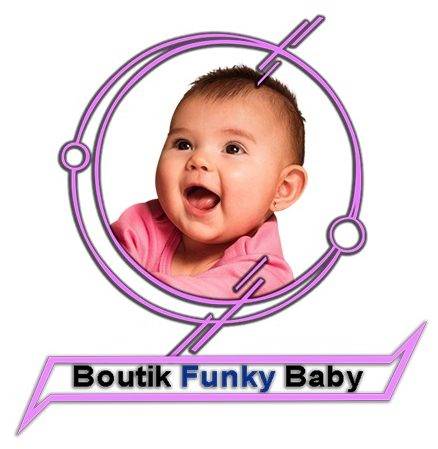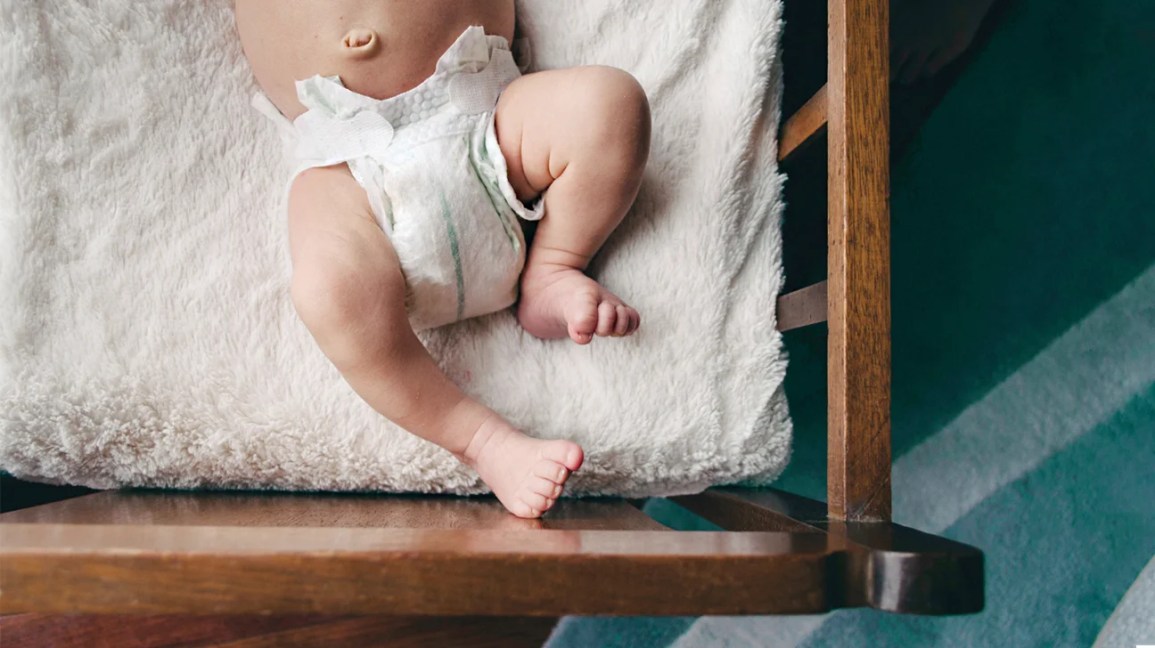A baby diaper can typically be used for 2 to 3 hours during the day. Overnight diapers may last up to 12 hours.
Diaper usage and duration can vary based on several factors. These include the baby’s age, diet, and the diaper’s absorbency. Newborns often need more frequent changes due to frequent urination and bowel movements. Older babies may have longer intervals between changes.
Parents should always check for signs of discomfort or wetness. Quality diapers with high absorbency can help keep the baby dry longer. Always prioritize the baby’s comfort and skin health. Frequent checks and timely changes prevent diaper rash and irritation. Using the right type of diaper for day and night can ensure the baby’s comfort and hygiene.
Diaper Types
Choosing the right diaper for your baby is crucial. There are two main types: disposable diapers and cloth diapers. Each has its own benefits and drawbacks. Understanding these can help you make the best decision for your baby’s comfort and health.
Disposable Diapers
Disposable diapers are very popular among parents. They are convenient and easy to use. Here are some key points about disposable diapers:
- Absorbency: High absorbency, keeps the baby dry longer.
- Convenience: Easy to use and dispose of.
- Cost: More expensive over time compared to cloth.
- Environmental Impact: Not eco-friendly, contributes to landfill waste.
Disposable diapers typically last for 2-3 hours before needing a change. Nighttime diapers can last up to 12 hours.
Cloth Diapers
Cloth diapers are an eco-friendly alternative. They are reusable and can save money over time. Here are some key points about cloth diapers:
- Absorbency: Varies based on the material used.
- Convenience: Requires washing and maintenance.
- Cost: Higher initial cost but cheaper in the long run.
- Environmental Impact: Eco-friendly, reduces waste.
Cloth diapers need to be changed more frequently. Typically, they need changing every 1-2 hours during the day.
| Feature | Disposable Diapers | Cloth Diapers |
|---|---|---|
| Absorbency | High | Varies |
| Convenience | Very convenient | Requires washing |
| Cost | More expensive over time | Cheaper in the long run |
| Environmental Impact | Not eco-friendly | Eco-friendly |
Factors Influencing Diaper Longevity
Understanding how long a baby diaper can be used involves various factors. These factors determine how often you need to change your baby’s diaper. Here’s a closer look at these critical elements.
Age Of The Baby
The age of the baby plays a significant role in diaper usage. Newborns tend to wet their diapers more frequently compared to older babies. A newborn may need a diaper change every 2-3 hours. As babies grow older, the frequency of diaper changes decreases. Here’s a table summarizing diaper changes based on age:
| Age | Number of Diaper Changes Per Day |
|---|---|
| Newborn (0-3 months) | 10-12 |
| Infant (3-6 months) | 8-10 |
| Toddler (6-12 months) | 6-8 |
| Older Baby (12+ months) | 4-6 |
Diet And Hydration
A baby’s diet and hydration also affect how long a diaper lasts. Breastfed babies might have more frequent, but smaller bowel movements. Formula-fed babies often have less frequent, but larger stools. As babies start eating solid foods, their bowel movements become more regular. Hydration levels also impact diaper longevity. A well-hydrated baby will wet more diapers.
Key points to consider:
- Breastfed babies: frequent but smaller bowel movements
- Formula-fed babies: less frequent but larger stools
- Introduction of solids: more regular bowel movements
- Hydration: more fluids lead to more wet diapers
Signs A Diaper Needs Changing
Knowing when to change a baby’s diaper is essential. It keeps the baby comfortable and prevents rashes. Several signs indicate it’s time for a fresh diaper. Let’s explore these signs in detail.
Wetness Indicators
Many modern diapers come with wetness indicators. These are color-changing strips on the diaper. The strip changes color when the diaper is wet. It is an easy and quick way to check the diaper.
Leakage And Discomfort
Another sign is leakage. If you notice leaks, the diaper is full. It’s time for a change. Babies also show discomfort when the diaper is dirty. They might cry or become fussy. Checking the diaper regularly helps in noticing these signs early.
Diaper Changing Frequency
Knowing how often to change your baby’s diaper is crucial. It helps maintain their comfort and health. Different stages of growth require different changing frequencies. Let’s explore these stages.
Newborns
Newborns have sensitive skin. They need frequent diaper changes. Typically, a newborn will need a diaper change every 2-3 hours. Newborns may soil their diapers up to 10 times a day.
| Age | Diaper Changes per Day |
|---|---|
| 0-1 Month | 10-12 times |
Infants
Infants between 1 to 5 months old still need frequent changes. You can expect 6-8 diaper changes daily. As their digestive systems mature, the frequency may decrease slightly.
- 1-2 Months: 8-10 times
- 3-5 Months: 6-8 times
Toddlers
Toddlers have more control over their bladder. They may need fewer diaper changes. On average, you might change their diaper 4-6 times a day. Potty training can further reduce diaper use.
- 6-12 Months: 6-7 times
- 1-3 Years: 4-6 times
Health Implications Of Prolonged Diaper Use
Keeping a baby in a diaper for too long can cause health problems. Parents should be aware of these risks to keep their baby safe and healthy. Let’s explore some of the key health implications of prolonged diaper use.
Diaper Rash
Diaper rash is a common issue caused by wet or dirty diapers. When a baby’s skin stays wet for too long, it can get irritated. The irritated skin can turn red and sore, causing discomfort for the baby.
Several factors contribute to diaper rash:
- Moisture trapped in the diaper
- Friction from the diaper rubbing against the skin
- Chemical irritants from urine and stool
To prevent diaper rash, change diapers regularly. Ensure the baby’s skin is dry and clean before putting on a new diaper.
Infections
Prolonged diaper use can also lead to infections. Bacteria and yeast thrive in warm, moist environments. A wet diaper provides the perfect conditions for these germs to grow.
Common infections include:
- Yeast infections: Caused by a type of fungus called Candida.
- Bacterial infections: These can cause red, swollen areas on the skin.
Signs of infection include:
| Symptom | Description |
|---|---|
| Redness | Skin looks red and inflamed. |
| Swelling | Area appears puffy or swollen. |
| Discharge | Fluid or pus may come from the infected area. |
To avoid infections, keep the diaper area clean and dry. Use barrier creams if needed, and seek medical advice if you notice signs of infection.
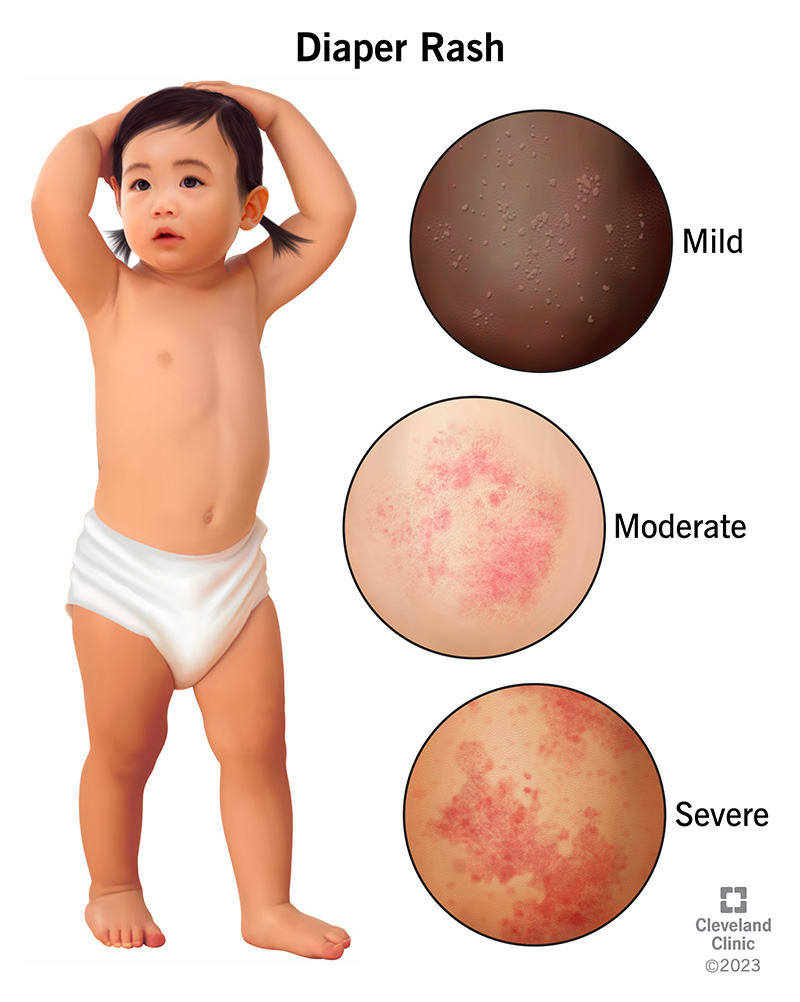
Credit: my.clevelandclinic.org
Tips For Efficient Diaper Use
Knowing how long a baby diaper can be used is crucial. Efficient diaper use helps keep your baby comfortable and saves money. Follow these tips to maximize diaper use.
Proper Diaper Fit
A proper diaper fit ensures the diaper works efficiently. Check the diaper size. Make sure it matches your baby’s weight. Diapers should fit snugly around the waist and legs.
A loose diaper can cause leaks. A diaper too tight can irritate your baby’s skin. Ensure the diaper covers your baby’s bottom completely. Check the fit after each change.
| Weight | Diaper Size |
|---|---|
| Up to 10 lbs | Newborn |
| 8-14 lbs | Size 1 |
| 12-18 lbs | Size 2 |
Using Diaper Cream
Diaper cream protects your baby’s skin. Use it during each diaper change. Apply a thin layer to the diaper area. This helps prevent rashes and irritation.
Choose a diaper cream with zinc oxide. It forms a protective barrier on the skin. Avoid creams with fragrances. They can irritate sensitive skin.
- Clean the diaper area with a gentle wipe.
- Pat the area dry with a clean cloth.
- Apply a thin layer of diaper cream.
- Put on a fresh diaper.
Environmental Considerations
Choosing the right diaper for your baby is essential. Environmental considerations play a significant role in this decision. It’s important to think about the impact of diaper use on the planet. This section dives into eco-friendly diaper options and disposal tips.
Eco-friendly Diaper Options
Eco-friendly diapers are a great choice for the environment. These diapers use biodegradable materials and reduce waste. Here are some popular eco-friendly diaper options:
- Cloth Diapers: Reusable and made from natural fibers.
- Bamboo Diapers: Biodegradable and made from bamboo fibers.
- Hybrid Diapers: A mix of cloth and disposable elements.
Eco-friendly diapers often come in various sizes. They cater to different needs and budgets. Always check for certifications like OEKO-TEX or GOTS for added assurance.
Disposal Tips
Disposing of diapers responsibly is crucial. Here are some tips to help you:
- Separate Waste: Remove solid waste before disposal.
- Use Biodegradable Bags: These bags break down more easily.
- Composting: Only compost diapers labeled as compostable.
Proper disposal reduces landfill waste. It also minimizes environmental harm. Follow these tips to make a positive impact on the planet.
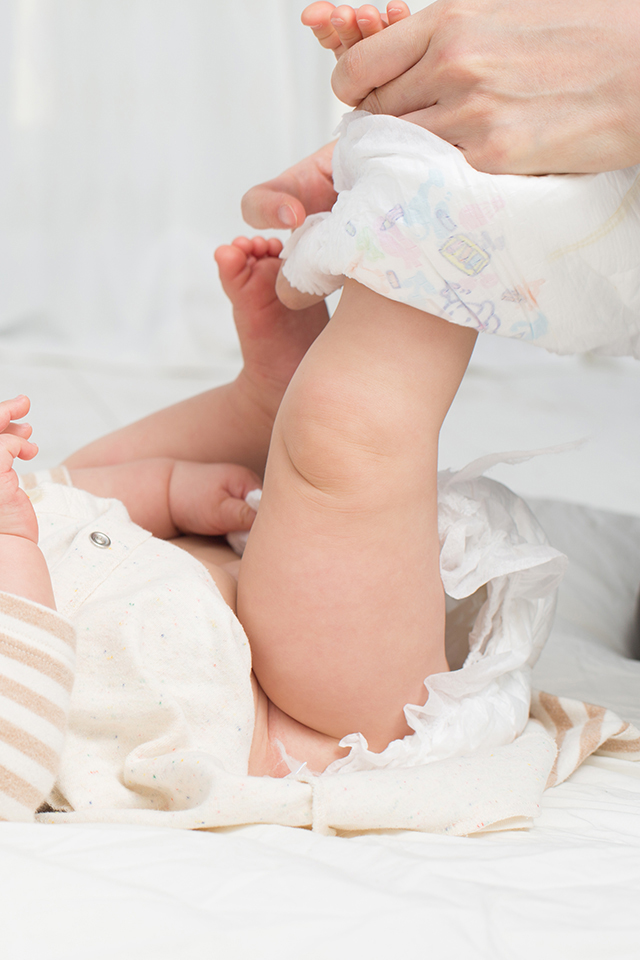
Credit: babylove.co.th
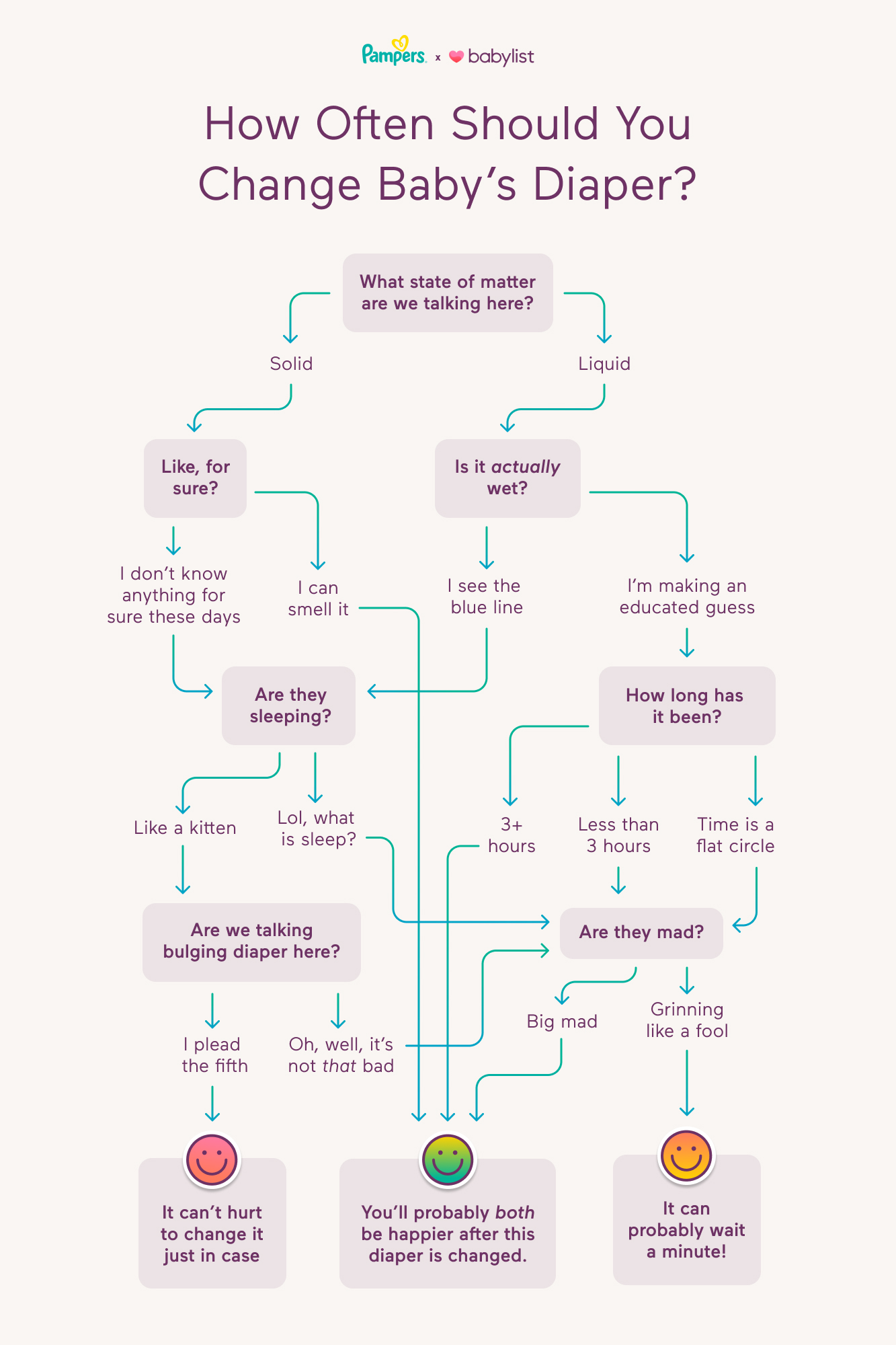
Credit: www.babylist.com
Frequently Asked Questions
How Long Can A Baby Diaper Be Used?
A baby diaper can be used for 2 to 3 hours. Change diapers regularly to avoid rashes and discomfort.
How Often Should You Change A Baby’s Diaper?
You should change a baby’s diaper every 2 to 3 hours. This helps prevent skin irritation and infections.
Can A Baby Wear The Same Diaper Overnight?
Yes, a baby can wear the same diaper overnight. Overnight diapers are more absorbent and designed for longer use.
What Are Signs A Diaper Needs Changing?
Signs include a heavy, sagging diaper, visible wetness, or your baby showing discomfort. Check every 2 to 3 hours.
Conclusion
Understanding how long a baby diaper can be used ensures your baby’s comfort and health. Always check for signs of fullness, irritation, or discomfort. Change diapers frequently to maintain hygiene and prevent rashes. Proper diaper usage helps keep your baby happy and healthy while giving you peace of mind.

I’m a USA-based baby guide writer and blogger with extensive experience in parenting tips, baby care, and product reviews. Passionate about helping new parents, I provide trusted advice and insightful articles to make parenting a joyful journey. Follow my blog for expert guidance and support.
